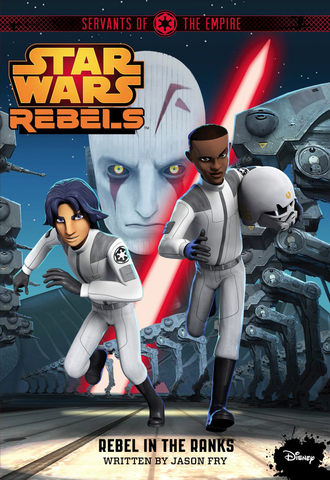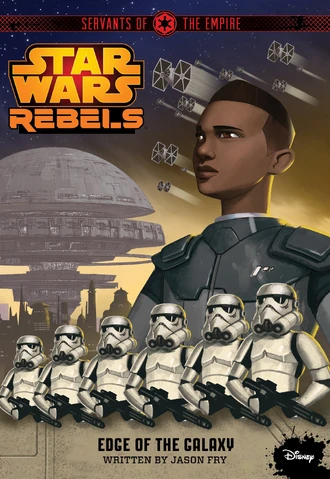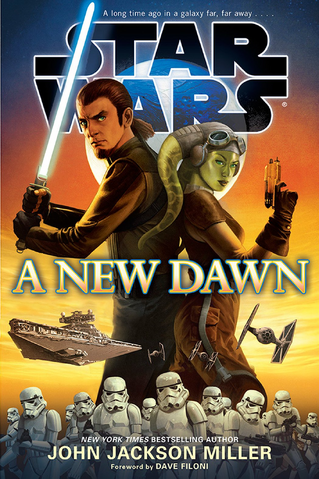 Jason Fry’s second entry in the Servants of the Empire young adult novel series takes place concurrently with the Rebels season one episode “Breaking Ranks” and his two books arguably do more to develop Lothal as an interesting place than an entire season of the still-excellent show has managed to do. If you’re still worried about the “young adult” part of that sentence, read our review of the first book in the series and have all your concerns allayed. Fry’s second book in the series continues to provide adult-like depth to the setting explored in the television show, but it also works really well as a YA novel that we would have really liked to read when we were younger.
Jason Fry’s second entry in the Servants of the Empire young adult novel series takes place concurrently with the Rebels season one episode “Breaking Ranks” and his two books arguably do more to develop Lothal as an interesting place than an entire season of the still-excellent show has managed to do. If you’re still worried about the “young adult” part of that sentence, read our review of the first book in the series and have all your concerns allayed. Fry’s second book in the series continues to provide adult-like depth to the setting explored in the television show, but it also works really well as a YA novel that we would have really liked to read when we were younger.
While the first book in the series introduced the characters and the setting, this book builds on it while changing the tone enough that it doesn’t read like just a follow-up story. The first book featured themes of colonialism and adolescent sports drama that related to each other in surprising ways. By Rebel in the Ranks, the main characters have moved on to different things and the style of the storytelling changes accordingly. Yes, there are two main point of view characters now: Zare Leonis returns as a newly-minted cadet at Lothal’s Imperial Academy, while Merei Spanjaf’s role expands as we see her various undercover attempts to help Zare find out about his sister’s fate. The two characters’ different narrative arcs – and the contrast with the themes explored in the first novel – constitute the true meat of the novel, though part of the novel also overlaps with the story of “Breaking Ranks.”
Though we’re not a huge fan of novelizing television show episodes, Fry does it pretty well: the story of the novel does not play second-fiddle to the television episode, and actually serves to make the action in the episode seem a lot more interesting. As we said in our previous review, the Servants of the Empire books should be essential reading for any fan of the Rebels television show. We can now add an additional recommendation: it’s good reading for any young Star Wars fan not only because the readers might identify with the characters, but also because the audience might learn to relate to people they’ve never identified with before. It’s a book about camaraderie and teamwork, and those themes carry through from the book’s dedication to the very end. Merei Spanjaf, in particular, is a great female role model and Disney should pay attention to her!


 In our previous review
In our previous review